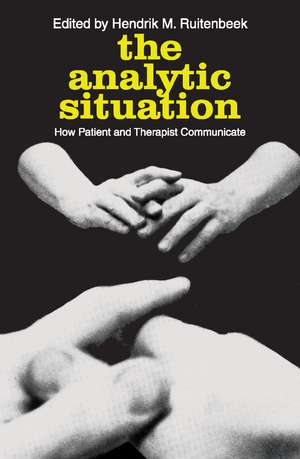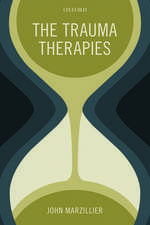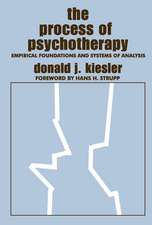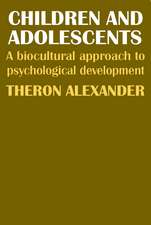The Analytic Situation: How Patient and Therapist Communicate
Autor Hendrik M. Ruitenbeeken Limba Engleză Paperback – 15 dec 2007
Impulsiveness and originality mark all of these departures from orthodoxy. The therapist, becoming more open and more manifestly responsive in his interaction with the patient, is clearly shifting his role from that of an objective listener and interpreter to that of an overt participant in therapy. These trends are further intensified by the fact that the practice of psychotherapy is now carried on, by a vast number of clinical psychologists, personality psychologists, social psychologists, and social workers who have taken up psychotherapy as a professional activity in urban mental health clinics and in a variety of settings outside the major American metropolitan areas.
The Analytic Situation provides informative, revealing reading for everyone involved in the psychotherapeutic process. It also offers provocative insights to students and therapists in training.
| Toate formatele și edițiile | Preț | Express |
|---|---|---|
| Paperback (1) | 432.29 lei 6-8 săpt. | |
| Taylor & Francis – 15 dec 2007 | 432.29 lei 6-8 săpt. | |
| Hardback (1) | 1158.29 lei 6-8 săpt. | |
| Taylor & Francis – 13 iul 2017 | 1158.29 lei 6-8 săpt. |
Preț: 432.29 lei
Nou
Puncte Express: 648
Preț estimativ în valută:
82.73€ • 89.83$ • 69.49£
82.73€ • 89.83$ • 69.49£
Carte tipărită la comandă
Livrare economică 22 aprilie-06 mai
Preluare comenzi: 021 569.72.76
Specificații
ISBN-13: 9780202309873
ISBN-10: 0202309878
Pagini: 230
Dimensiuni: 152 x 229 x 14 mm
Greutate: 0.36 kg
Ediția:1
Editura: Taylor & Francis
Colecția Routledge
Locul publicării:Oxford, United Kingdom
ISBN-10: 0202309878
Pagini: 230
Dimensiuni: 152 x 229 x 14 mm
Greutate: 0.36 kg
Ediția:1
Editura: Taylor & Francis
Colecția Routledge
Locul publicării:Oxford, United Kingdom
Cuprins
Introduction; 1: The Origins of Transference; 2: Silence as an Integrative Factor; 3: Silence as Communication; 4: On Silence; 5: What Do I Do When the Patient Cries?; 6: Patients Who Sleep or Look at the Psychoanalyst During Treatment; 7: The Use of First Names in Psychotherapy; 8: The Gift in Therapy; 9: On Taking Notes; 10: A Significant Comment Made by Patients When Relating their Dreams; 11: Setting a Termination Date: An Impetus to Analysis; 12: Therapeutic Results in Psychoanalytic Treatment Without Fee; 13: I’m Not Getting Any Better; 14: The Refusal to Mourn; 15: The Technique of Employing Doctor-Patient Transactions in Psychoanalysis; 16: Emotional Engagement of Patient and Analyst; 17: The Therapeutic Encounter; 18: The Importance of Flexibility in Psychoanalytic Technique; 19: The Commitment to Intimacy; 20: On the Rationale of Touch in Psychotherapy; 21: To Touch–Or Not To Touch; 22: Freud As Therapist: Include The Patient In Your World; 23: Psychotherapy as a Source of the Therapist’s Own Authenticity and Inauthenticity
Descriere
Significant as has been the role of psychoanalysis and psychotherapy in contemporary culture and society, its importance continues to grow at an accelerating rate as more specific, focused, and involving forms of therapy are devised






















